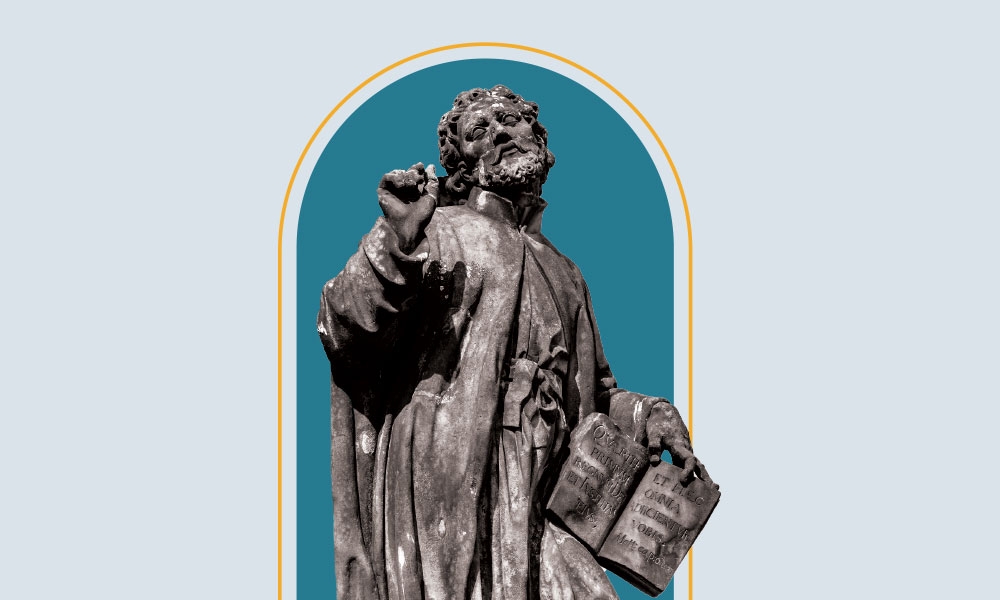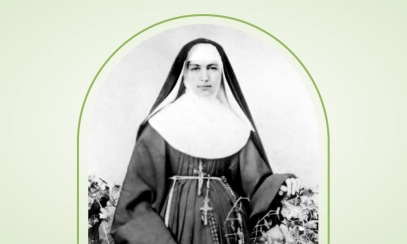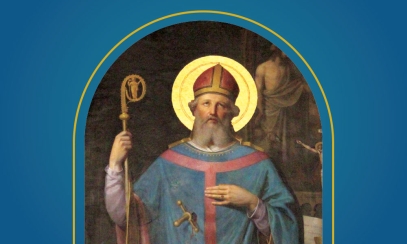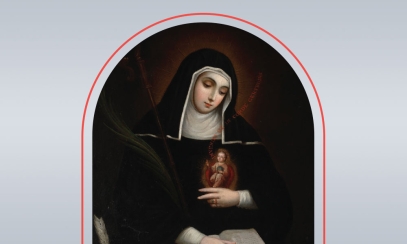
St. Cajetan
1480-1547 | Feast: August 7
1480-1547 | Feast: August 7
St. Cajetan was ordained a priest in 1516, just one year before Martin Luther published his “95 Theses.” Cajetan had no desire to split from the Church, however; his goal was to reform and restore it.
Born Gaetano dei Conti di Thiene in Italy, Cajetan grew up in a noble, pious family who dedicated him to the Blessed Mother as an infant. He eventually studied law and worked for the papal court in Rome for a time. Upon the pope’s death, Cajetan returned to his hometown of Vicenza to serve the neediest and poorest. In 1522-23, he built two hospitals for “incurables” – one in Vicenza and one in Venice. Later in his life he created a bank to help the poor – the Bank of Naples – which offered an alternative to the loan sharks that preyed upon them. In exchange for his services, Cajetan asked patrons to “pay” him back by saying prayers or rosaries.
In addition to providing avenues for physical healing, Cajetan devoted his life to ecclesiastical reform and spiritual healing. In 1524 he and four companions (including the future Pope Paul IV) founded a new order: the Congregation of Clerks Regular, known as the Theatines. The goal of the order was to combine reform of the clergy with apostolic service and preaching the Gospel. Today the order is active in Italy, Spain and, in the United States, in several locations in the state of Colorado. The Theatine constitution says: “Our particular form of religious life, inspired by the Acts of the Apostles, requires above all, giving everywhere a witness of the resurrection of the Lord, to persevere devoted to prayer and to the Ministry of the Word.”
Cajetan died in 1547 of natural causes and was canonized in 1671 by Pope Clement X. His relics are buried in Naples in the Church of San Paolo Maggiore.



